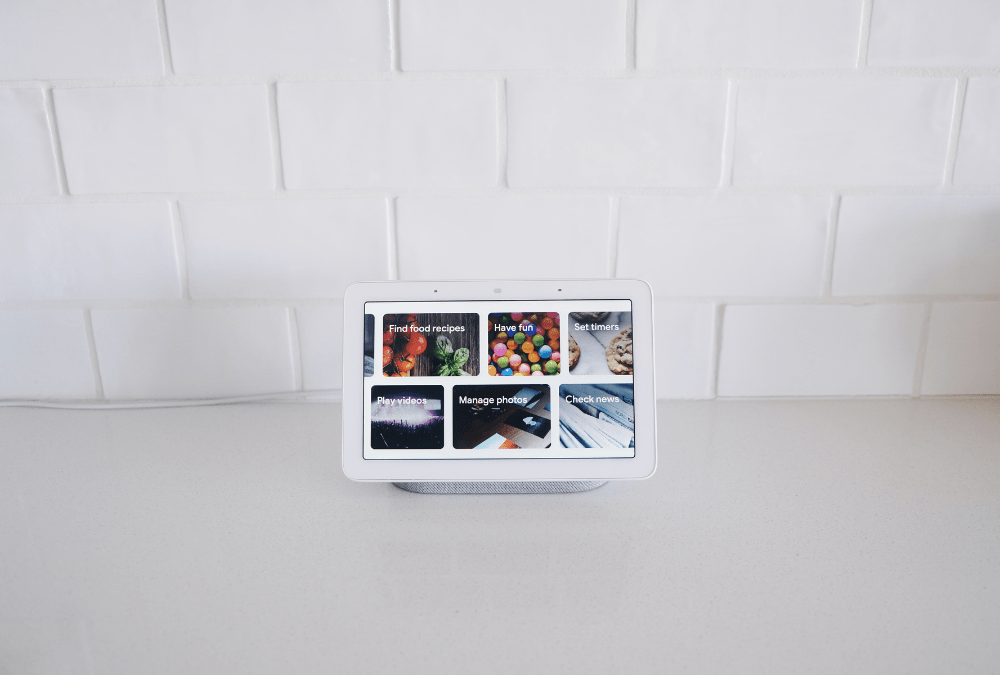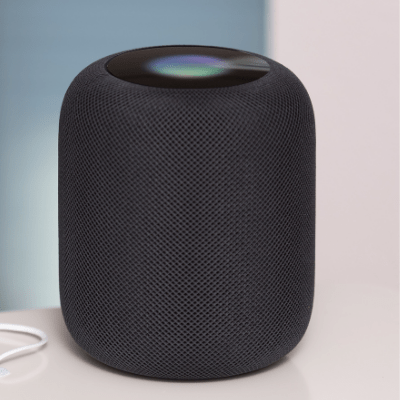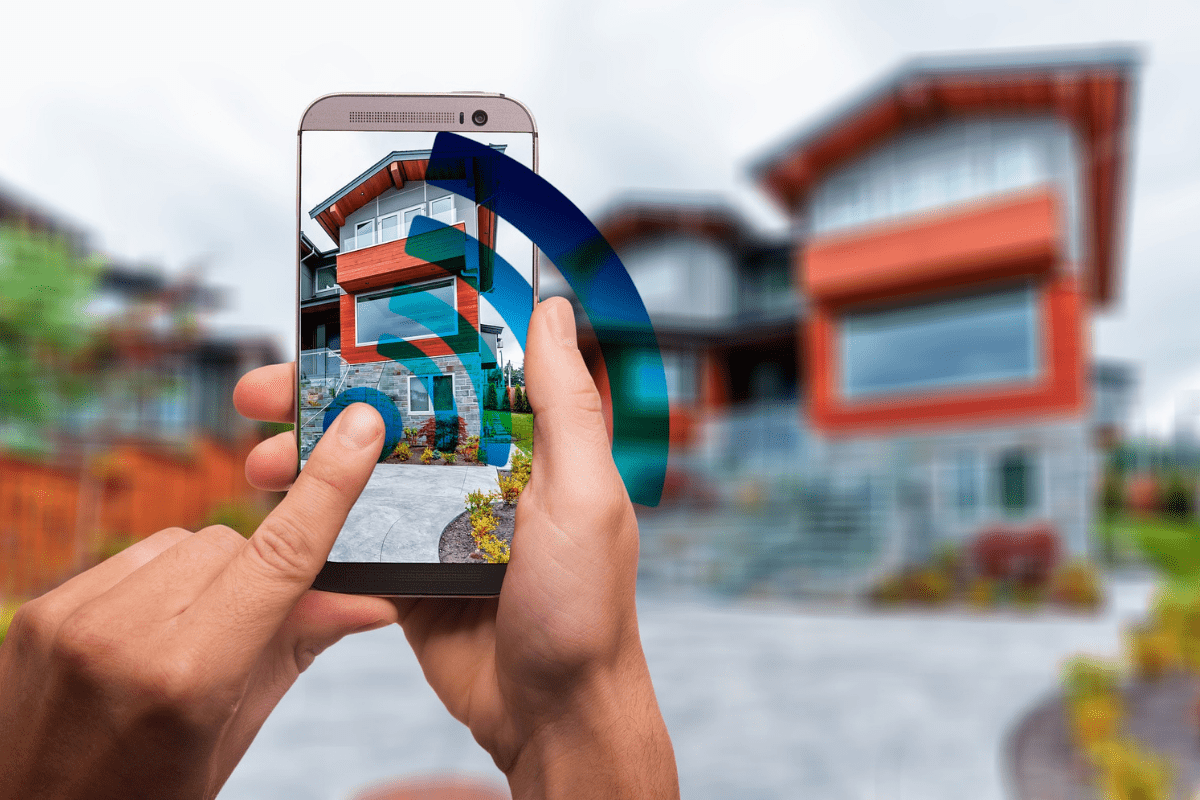If using home automation is fashionable, it is still unknown to many. When used wisely, it has many advantages. The intelligent management of the habitat, and more generally of the building, is at the center of several debates: environment, safety, comfort. If through its various means of control and regulation, home automation is one of the keys to optimizing your home’s energy, it has many others.
Smart Home is a generic term encompassing the techniques and systems that automate, program, and control your home, mainly to optimize energy, protect the living space and develop well-being at home. In this world of home automation, more or less substantial objects called “connected”, that is to say, connected to the IOT , have come to complete the installations and participate in the creation of a real connected home (smart home).
The network connects and connects all the home automation devices in your home. It is essential for the operation of the home automation system. There are three methods to set up your home automation network:
• Home automation wiring;
• The automation system power line ( home automation CPL );
• The wireless home automation.
Each type of network has advantages and disadvantages, in terms of installation but also of possibilities of use.

Home Automation Cabling is a Network Suitable for Building a Home
This type of network is relatively complicated to install since it involves connecting all home automation devices by cables to the home automation system. Wi-Fi and Networking in Los Angeles is a prominent factor you must be keen on while getting a makeover to your home. A distribution room must therefore be installed in the home to centralize all connections using a bus network.
Well-being is also taken into account by home automation thanks to facilities dedicated to children, or even seniors. The desire to keep the elderly at home has generated many innovations in recent years among builders: specifically adapted houses and everyday objects designed for fragility.
Home automation also makes your daily life easier thanks to home automation in the garden which, for example, allows you to program watering, automate lighting, etc.
The home automation wiring connections are made by RJ45 cables.
• UTP: this is the cheapest type of cable but the least efficient because it is neither shielded nor screened;
• STP: the cable is screened pair by pair;
• FTP: this is the most widely used cable, screened with aluminum foil;
• S-FTP: the cable is screened pair by pair and shielded;
• S-STP: this is the most protected type of cable; it is shielded pair by pair and reinforced with overall shielding.

Home automation cabling is the most reliable network.
• Unlike the power line network, home automation cabling is made of cables whose conductors are twisted in pairs to avoid any electrical interference.
• This type of home automation network may require the installation of an inverter to convert direct current into alternating current (for Internet routers and security equipment such as alarms).
• Finally, a patch panel acts as an intermediary between the connections of the connected devices and the network sockets.
Power line Home Automation is Very Easy to Install
The carrier stream is used to exchange information through the existing power network. It is ideal for a renovation or a temporary home automation installation (for a tenant for example).
• Power line carriers use the X10 communication protocol, undoubtedly the most widely used by home automation devices.
• All you have to do is install a domestic power line box on the electrical outlets for the devices to communicate with each other, and above all to communicate with the home automation system.
However, the cost of installing PLC home automation is high compared to its performance.
• This system may experience operational disturbances when a device is disconnected from the network;
• Data transmission is not as fast as over cable or Wi-Fi.
• The carrier current can diffuse radio waves by radiation in case of high-frequency transmission, because the electrical network is not shielded, unlike home automation wiring.
Wireless Home Automation is Impressive for its Installation Possibilities
A wireless home automation network can use two different types of wireless technologies.
• By radio waves;
• By infrared (be careful, infrared rays do not pass through walls).
All your home automation devices communicate with each other through the wireless network, by equipping the electrical outlets with a special transmitter. You can remotely control all smart home controls.
Wireless home automation radio waves use different frequencies.
• Radio waves: they use the classic 433 MHz and 868 MHz frequencies (the main communication protocols use them);
• ZWave: uses the 868.42 MHz frequency and allows transmission throughout the house without risk of interruption thanks to the repercussion of information on neighboring modules;
• HomeEasy: also uses the classic 433 MHz frequency, but the information encoding allows better transmission;
• IO-HomeControl: it is a two-way communication protocol that uses frequencies from 868 MHz to 870 MHz.
Communication Protocols Do Not Allow the Same Type of Information Exchange
The home automation communication protocol (home automation standard) guarantees the connection of the various home automation devices to each other and the home automation system. They are not all compatible and do not exchange the same information. Here is a non-exhaustive list of the communication protocols most used in home automation:
• VDI network (Voice, Data, Images): it uses a classic RJ45 socket to exchange any type of information;
• Bluetooth: information exchange is limited to just a few meters;
• DSP (Digital Signal Processor): it amplifies the sound signal;
• HDMI (High Definition Multimedia Interface): transmits audio and video data digitally;
• xPL: all the equipment of the installation can communicate with each other;
• Peer To Peer (P2P): data is exchanged between two computers connected to the Internet;
• Ethernet: information is exchanged directly by the computer network;
• ZigBee: the exchange of information is done at small distances which limits energy consumption.
In addition, manufacturers of home automation equipment have recently agreed to define a standard, the KNX standard, so that all these devices can communicate with each other. The KNX home automation standard is now recognized as the international radio communication standard for home automation.



